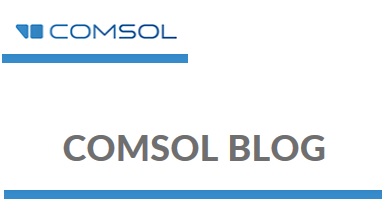Dr. Matthew Hancock spoke about "Modeling and Simulation of Microfluidic Devices," addressing how an array of modeling tools such as scaling arguments, analytical formulas, and finite element simulations may be leveraged to address microfluidic device development issues.








